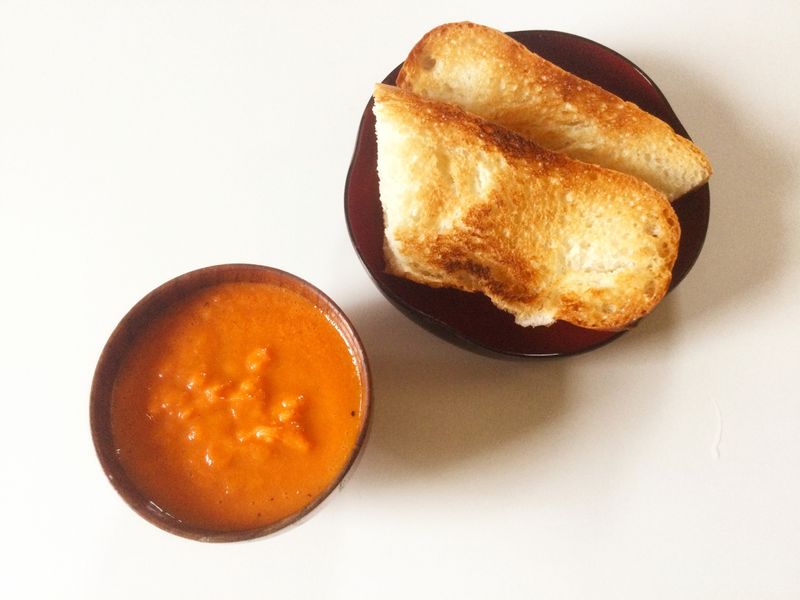May 9, 2024
TtoE: Reconsidering recipes to cope with inflation
Inflation’s impact on budgets
The increase in consumer goods in the past two years isn’t going to slow down soon. Nikkei reports that the weak yen also means more expensive imports. The Bank of Japan anticipates the inflation rate will rise from October 2024 to 3%. Genkidesu’s rhetorical question rings in my ears.
World prices and grocery choices
Like many developed countries, Japan faces a rising living cost compounded by the falling yen. I’ve cut back on luxuries while increasing my income to compensate. Groceries are one part of my budget I won’t scrimp on. I spend a lot of time considering how I’m going to eat well and stay within a reasonable budget. So I put my apron on.
Facing rising food prices in the US, The Bittman Project as reported in Mother Jones suggests a fresh look at the allocation of resources. They consider how pressed for time Americans are and the kinds of hard choices they have to make when shopping. For example, organic vegetables may not be within your budget, and ingredients specified in a recipe are seasonal, the same as Japan. The three sample recipes demonstrate how to adapt the dishes. The first two sound appealing and similar to how I approach Japanese-inspired home cooking.
No measures, no recipe
I’ve been making versions of satisfying and healthful vegetable soups. In May, abundant and cheap carrots are great for this. I scored a bag of carrots and a large white onion, each 100 yen. Fresh ginger is usually about 100 yen.
Carrot Soup

An adaptable soup recipe, this time with carrots and served with toasted bread
A glug of olive oil
Half an onion diced
A thumb-sized piece of ginger grated
Two big carrots diced
Salt and pepper to taste
A tablespoon of yuzupon
A cup of water or half a chicken bouillon cube dissolved in warm water
In a big soup pot or deep fry pan, fry the onion until it is translucent. Add the carrots and ginger and fry for 8-10 minutes. Add the water or broth and simmer for 20-30 minutes. Cool and blend.
I’ve substituted kabocha and sweet potato for carrots, added a clove of crushed ginger, and swapped gochujang for vinegar. I've served it with bread and other times as のっけご飯 nokke gohan, a one-bowl dish of toppings over rice.
Are you adapting your cooking as the cost of groceries rises? Have you got some highly adaptable Japanese-inspired recipes?



2 Comments
genkidesu
on May 9
That soup sounds good, and healthy! We're typically careful with produce, buying what's in season/on sale. If we have things that start to look not-so-great (e.g. bananas going brown), we freeze them to use in smoothies later on. We also try to repurpose things, so if we make taco rice one night and have taco meat leftover, we make toast pizzas with what's remaining the next day. I think cutting down on overall food waste saves us a lot. I've also just been trying to blog more, it's something I enjoy doing anyway – the gift card money here is what I call our "fun" money as a family, so we might buy a few treats with it here and there so we don't have to spend our income on that stuff.
TonetoEdo
on May 9
@genkidesu I'm gravitating to seasonal produce, too. Your mention of repurposing ingredients is similar to my approach. Last night's leftover tomato sauce from pasta goes over rice as nokke gohan for the next day's bento. I'm pretty thrifty, too, freezing veggie trimmings in zip-top bags to make soup stock later.